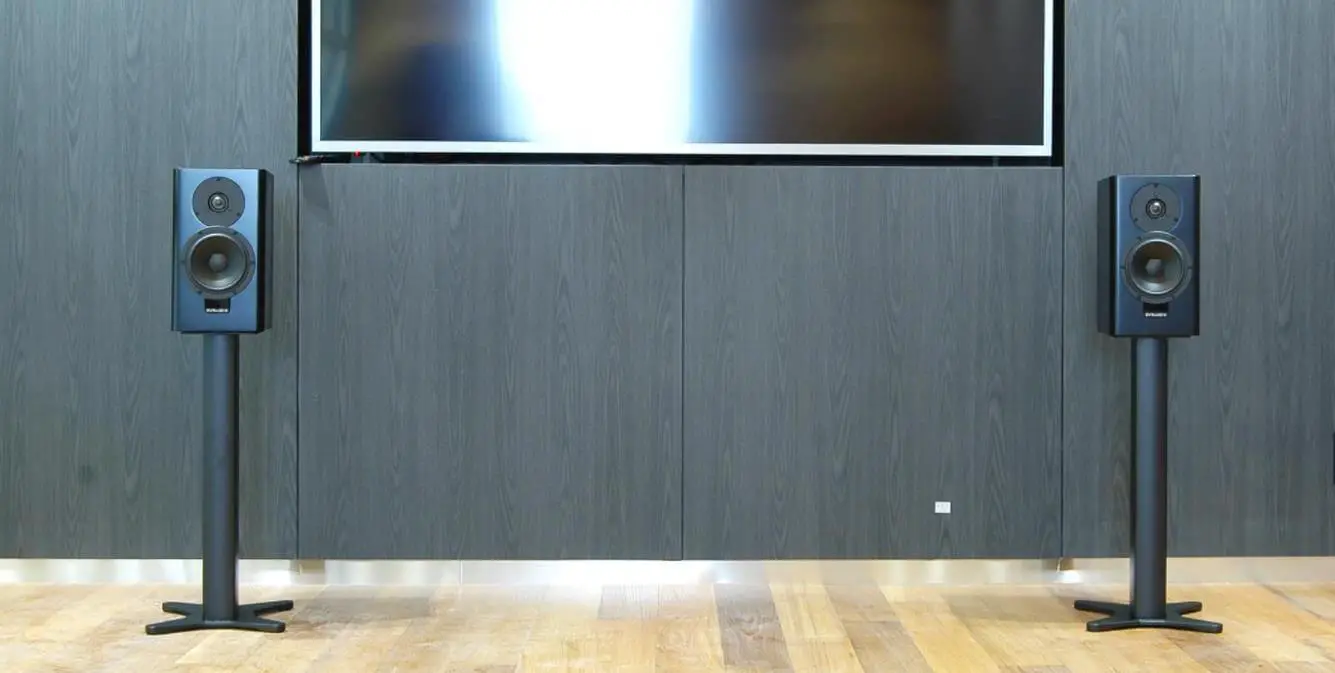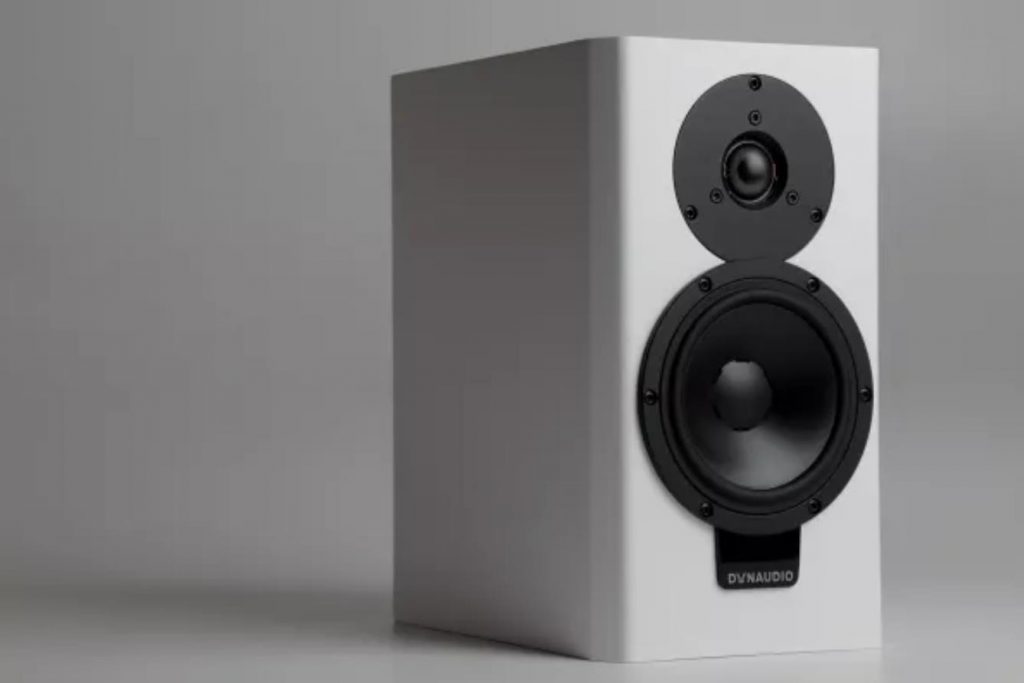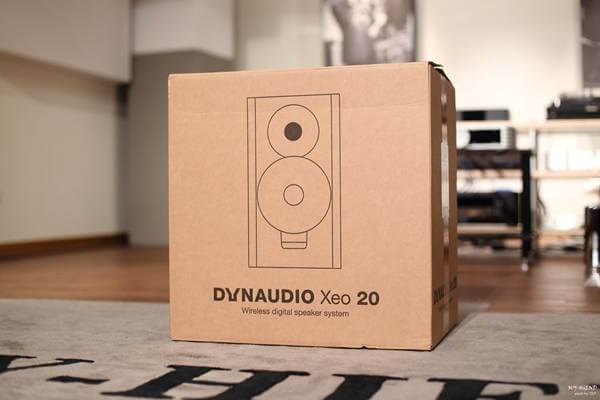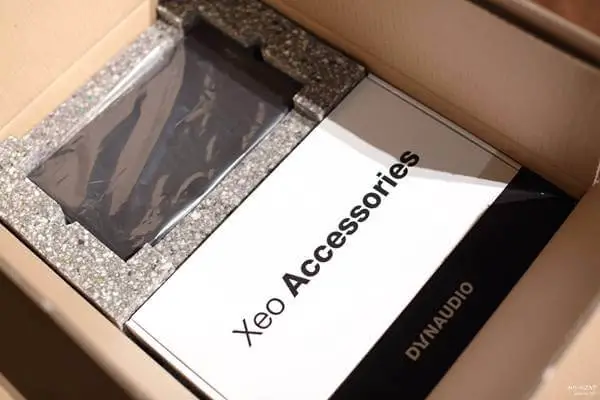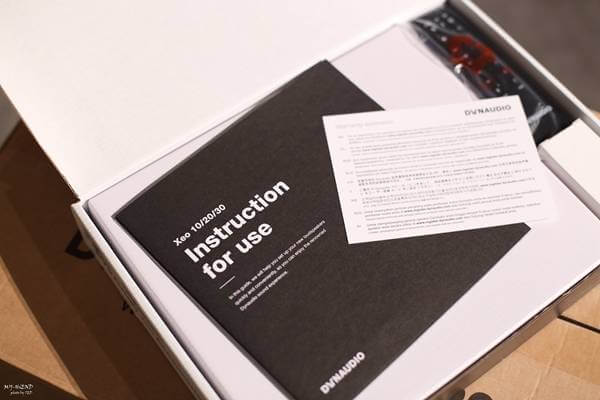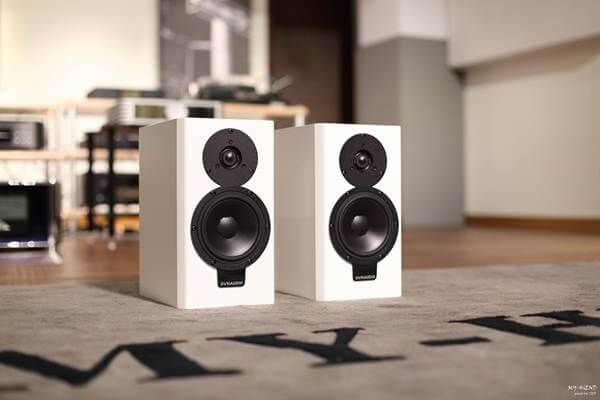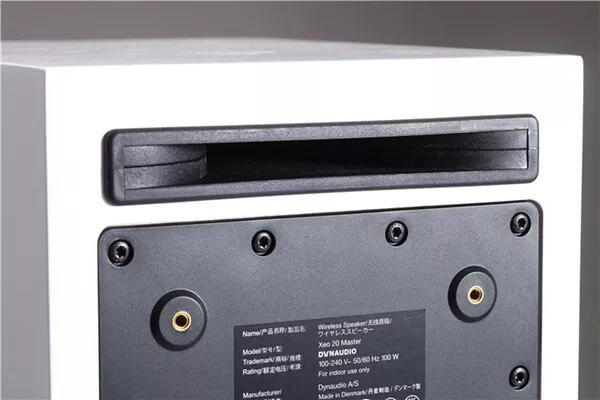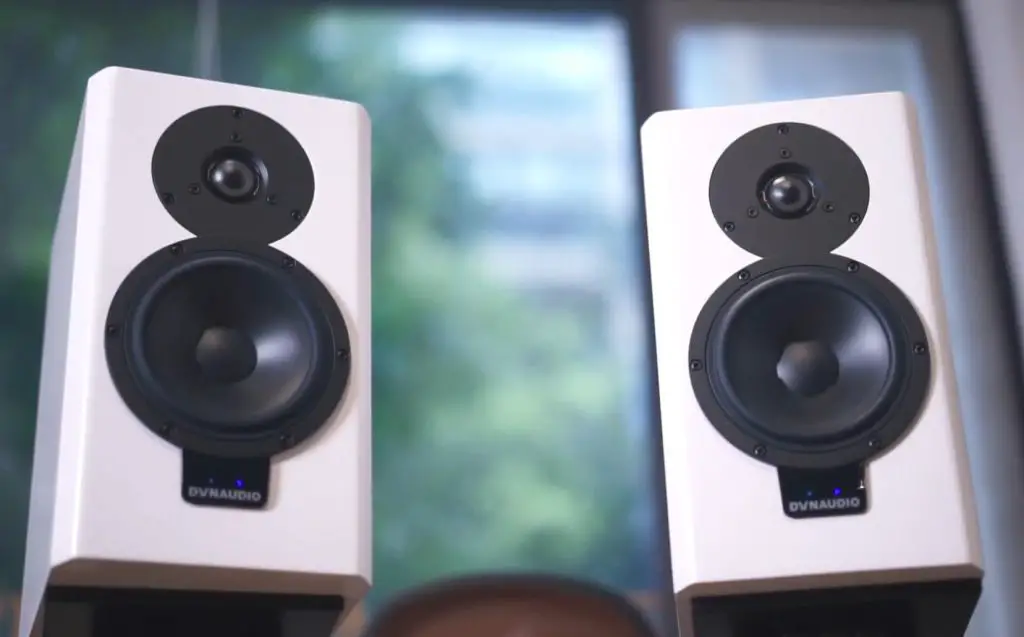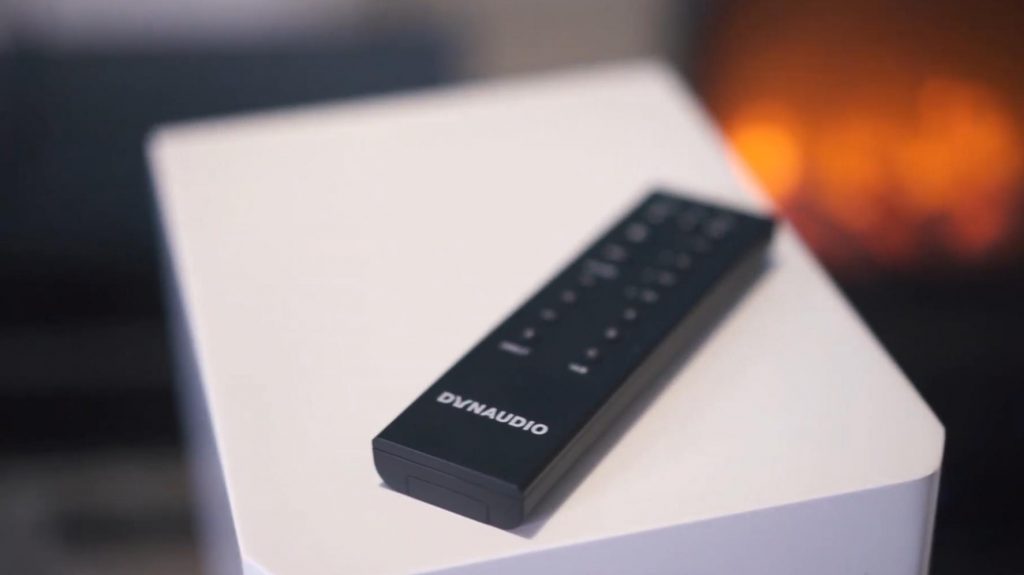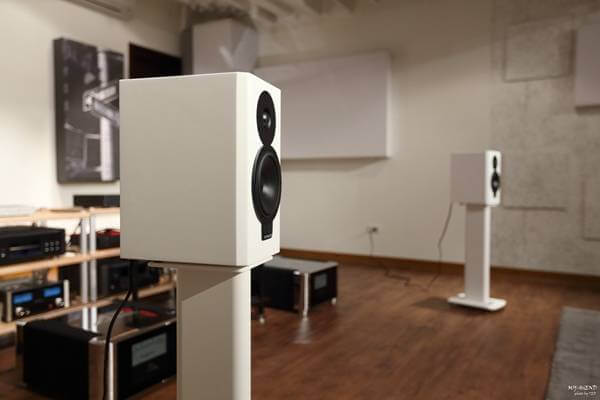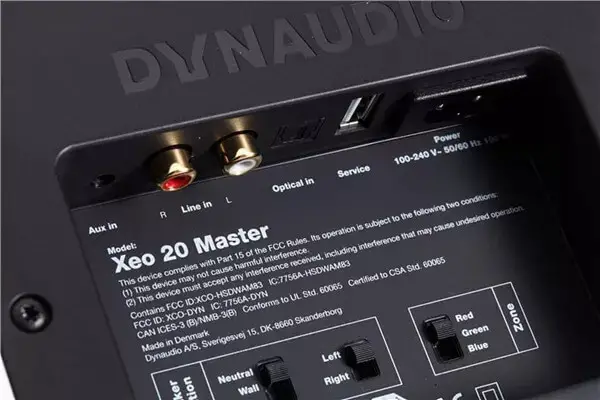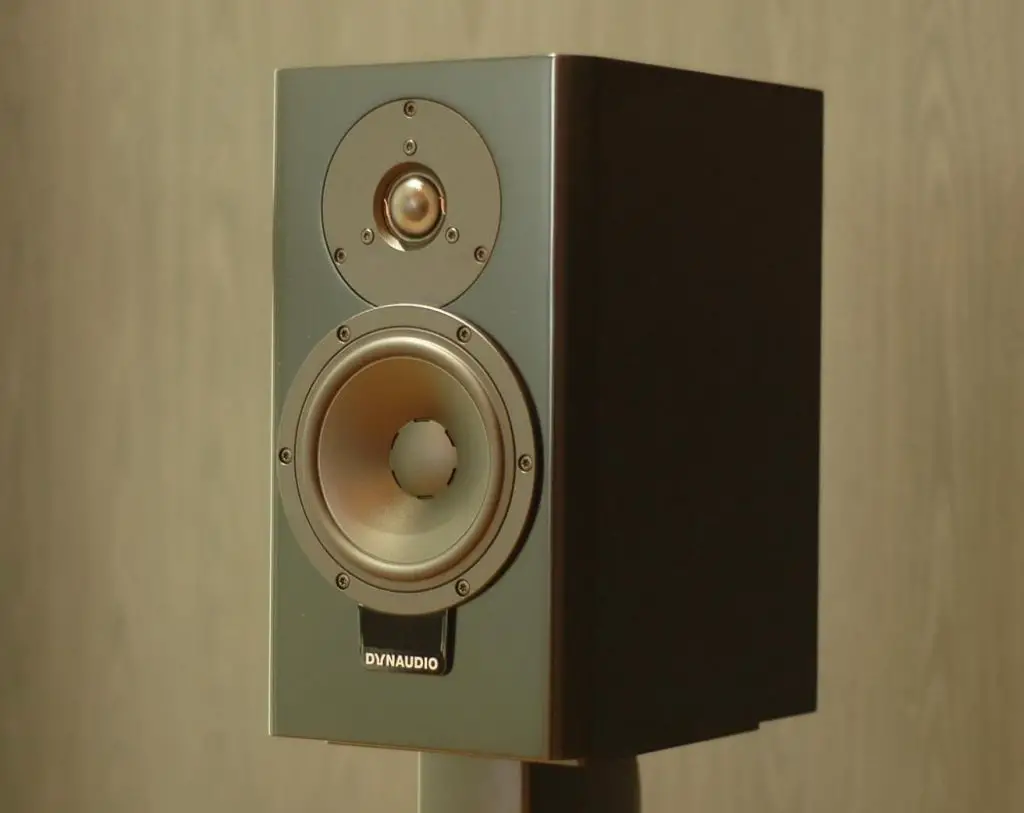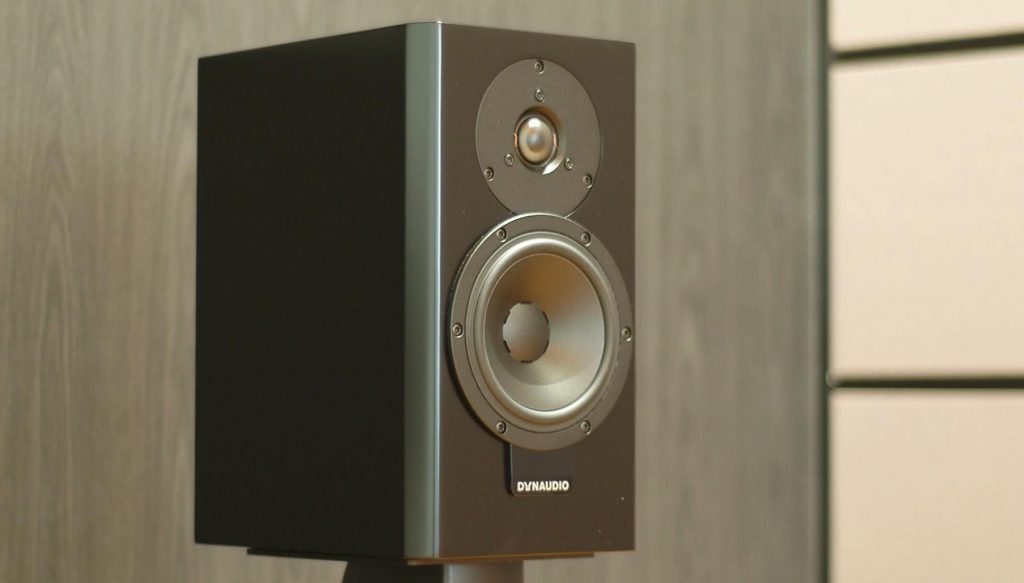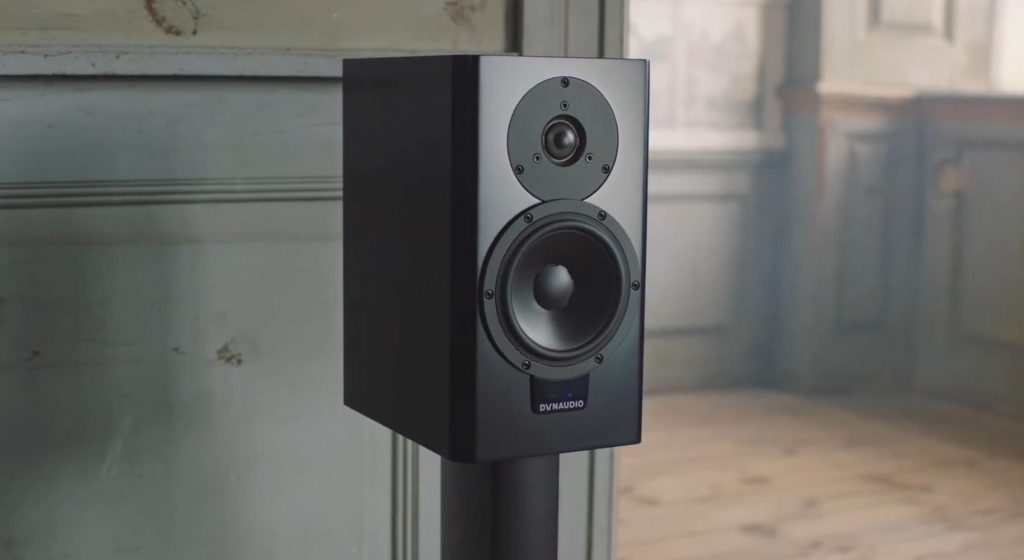Dynaudio Xeo 20 Review
Dynaudio Xeo is a digital, wireless, active three-in-one speaker. These three things originally belonged to three audio equipment categories, but when the three are combined, they become a brand new audio category, which stands for “stand-alone audio system.” Dynaudio first launched Xeo in 2012, advertised as Wireless Hi-End, which means that they are the first Hi-End audio brand to do the digital wireless transmission. Today, we introduce one of Dynaudio’s latest third-generation Xeo series wireless speakers, Xeo 20 bookshelf speakers.
A Brief History of Dynaudio Wireless Speakers
In 2012, Dynaudio pioneered the industry and launched the first generation of Xeo wireless speakers: Xeo 3 bookshelf speakers and Xeo 5 floor standing speakers. It can be connected to any audio source without amplifiers, wires, and converters, eliminating all kinds of tedious wiring problems. When it was launched, due to its outstanding convenience and incredible sound performance, not only ordinary consumers paid the bill, but audio enthusiasts also gave it a high degree of recognition.
In 2014, Dynaudio made improvements based on the first-generation Xeo series products and launched Xeo 4 and Xeo 6. Compared with the first generation, the internal DSP processor and amplifier have been improved, and the sound is better. The corresponding Hub also supports three wireless frequency transmissions and supports high sampling rates. Then Xeo 2, launched in 2015, added Bluetooth input. In 2018, Dynaudio officially released the third-generation Xeo series, which has been further optimized and improved based on the previous generation.
The new Xeo series includes three models: Xeo 10, Xeo 20, and Xeo 30. Based on supporting various wired and wireless connections, the entire series has fully added support for apt-X Bluetooth technology. The apt-X Bluetooth codec quality is much higher than ordinary Bluetooth connections and can achieve lossless quality sound playback. Besides, the apt-X Bluetooth technology has a much lower sound delay than general Bluetooth, so there will be no more problems such as sound stuttering and unsmooth playback.
Dynaudio Xeo 20 Unboxing
Dynaudio Xeo 20 is a pair of small high-end wireless digital HIFI active bookshelf speakers, an upgraded model of the previous generation Xeo 4. The dimensions are 180 x 320 x 257 mm. Each speaker weighs 6.2kg, That’s 13.7 pounds. They are available in black and white. The outer box says Wireless digital speaker system, indicating that it is a wireless transmission speaker with digital circuits. The picture of the outer packaging also shows that it is a two-unit bookshelf speaker.
After unpacking, you can see an accessory box containing a remote control, a power cord suitable for sockets in various countries, and two black grills. There are also manuals and guarantee certificates in multiple languages.
To purchase Dynaudio products, remember to register on the official website to get a free extended warranty, which can be extended to 8 years, depending on the speaker model.
Design
The appearance of Xeo 20 is very similar to Xeo 4. The tweeters are 28-millimeter Esotec soft domes, and the woofers have 140-millimeter Magnesium Silicate Polymer(MSP) cones. Both have aluminum voice coils. It looks almost identical visually. The details are repaired more concisely. Xeo 4 will receive the infrared signal of the remote control at the speaker’s top with a protruding receiver. This time, the infrared receiver is hidden in the Dynaudio logo under the mid-woofer, and the appearance of the speaker is more refined and straightforward.
However, Xeo 20 has many improvements in technical specifications, and its performance is better than Xeo 4. For example, the built-in amplifier. The previous generation Xeo 4 used two 50-watt power modules to drive the treble and mid-bass. The two built-in power modules of Xeo 20 have increased to 65 watts, an additional 15 watts of power. Although the unit size used in the previous two generations is the same, the low-frequency extension of Xeo 20 is extended to 40Hz, which is better than Xeo 4’s 45Hz. But the high-frequency extension of Xeo 20 is 21kHz, while Xeo 4 is 23kHz. This part should sound similar. Because the high-frequency extension is only 2kHz away, it is beyond the human ear’s listening range, and it isn’t easy to hear the difference.
Using Xeo 20 to listen to music, you can experience Dynaudio’s unparalleled audio technology and excellent sound at a very economical price. It is convenient and straightforward, with no need to match, which significantly saves peripheral equipment costs. And the sound still inherits the typical and neutral characteristics of Dynaudio, which is very suitable for music lovers who like Dynaudio but don’t want to spend time with equipment such as power amplifiers. As a 5.5-inch bookshelf speaker, it is best to be used in the space of 10-30 square meters. If the space is too large, you may choose another floor-standing model, Xeo 30. Besides, it is best to equip it with a suitable stand. The overall sound performance will be better, mainly the low frequency.
When we look at the rear, we see the slot-type bass port, four screw holes for an optional wall mount, and the connection bay. This is the Master speaker that has a stereo analog input on mini-jack, a stereo analog input on RCA’s, a TOSlink input, and a power connector.
Further, a three position switch compensates the low-end behavior for placement in the corner, near a wall, or free in the room. A second switch lets you set the speaker for reproduction or the left or right channel and a three-position switch to use the speaker in one of three zones, called red, green, or blue.
On the slave speaker, we see the same switches, but there are no inputs except for the power inlet.
Connection
As for the input part, Xeo 20 has made the most progress. Initially, Xeo 4 could only rely on a wireless transmitter box to connect to the computer wirelessly. However, Xeo 20 integrates all wired and wireless functions, so you can use Bluetooth to wirelessly connect your mobile phone and computer without an external wireless conversion device. At the same time, Xeo 20 adds digital and analog inputs, and the digital input uses optical fiber. For analog input, there are RCA and 3.5mm headphone terminals.
What are the benefits of adding digital and analog inputs? You can connect to the TV more conveniently. Even the traditional vinyl turntable can be connected with RCA, or the mobile phone can be connected directly with the 3.5mm headphone cable. Although Xeo 4 has the function of full wireless transmission between master/slave speakers, it must rely on Connect.
If you use the Xeo 20 speakers directly connected to your digital source-like, like a streamer, DAC, or digital preamp-it must be connected to the master speaker over TOSlink, the optical digital cable. The master speaker then sends the signal wirelessly to the slave speaker. There is no need for an audio connection between the speakers, as is the case with some other wireless speakers. If you have an analog source, like a cd-player or analog preamp, that source is connected over a stereo RCA cable. An analog source like a portable player or smartphone can be connected using a mini-jack cable.
In terms of transmission specifications, Xeo 20’s wireless Bluetooth can wirelessly transmit music with a resolution of up to 16bit/48kHz. The digital coaxial and USB interface supports up to 24bit/96kHz, which is higher than the 16bit/48kHz specification of Xeo 4. The built-in Bluetooth is also a high specification of aptX, and even wired digital input is higher than Hub’s 24bit/96kHz, reaching 24bit/192kHz.
If you would like to use the Xeo 20’s without any connection between the source and the speakers, you need the Dynaudio Connect. This is a small box that you can place near your source. If that is a digital source like a streamer, digital preamp, or computer, you can use either TOSlink, SPDIF, or USB to link it to the Connect. The Connect sends the audio signal wirelessly to the master speaker that relays the signal wirelessly to the slave speaker.
When using the Connect with only one pair of Xeo’s, the maximum sampling rate is 96 kHz. If you want to use two or three speakers, the maximum sampling rate is 48 kHz due to Wi-Fi bandwidth limitations.
Dedicated Remote Control
The remote control is very important because the speaker has no control buttons such as power, volume, input source, etc., so you have to rely on this remote control. From the remote control, you can see that Dynaudio Xeo 20 has four input sources for use, including two-channel RCA analog input (Line), optical digital input (Opt), analog signal input (Aux), and wireless Bluetooth input. There are three buttons A, B, and C on the right. This is used when there are multiple pairs of Xeo series speakers in the field, and individual speakers can be operated in a partitioned manner.
The Xeo series can support multiple groups of speakers (6 speakers) to be used in one space at the same time. There are three-channel switches for red, green, and blue. The remote control can switch between groups, which is very convenient. Of course, the remote control can also switch the input channel, adjust the volume, switch the speaker, Bluetooth connection, and other functions. The appearance is also gorgeous, and it looks very impressive.
Technology from Xeo 2 and LYD-5
This time the new third-generation Xeo series has also begun to be divided into Master and Slave. All input terminals are on the main speaker, while the slave speaker only has a USB terminal for upgrading. However, both the master speaker and the slave speaker can be independently set to the left or right channel like the previous Xeo series and adjusted according to the spatial characteristics.
From the perspective of the module layout of the third-generation Xeo series, it is obvious that it comes from the research and development results of Xeo 2. However, Xeo 2 and Xeo 10 both use a closed cabinet design, while Xeo 20 is a bass-reflex architecture. See that the bass reflex hole on the back panel is entirely different from Xeo 4. The long bass outlet used this time results from the active listening speaker developed by Dynaudio in the LYD-5 recording studio. If you look at the LYD-5 carefully, you will find that it is a bit similar to the Xeo 20, but the box of the Xeo 20 is much more refined, and it also has the function of wireless transmission.
Although from the speaker cabinet and driver unit size, it feels like Xeo 20 is an evolved version of Xeo 4. However, Dynaudio said that Xeo 20 adjusts the professional version of LYD 5 listening speakers to the home version, which is different from the previous Xeo 3 and Xeo 4, which converted the home Excite series to digital wireless active speakers. This time Dynaudio switched to LYD 5 listening speakers as the blueprint for the Xeo 20. Dynaudio said that the most improved component is the DSP digital electronic crossover, and its performance is closer to the studio listening performance of LYD 5.
Dynaudio’s Ecosystem
Starting from Xeo digital active wireless speakers’ development in 2012, Dynaudio has gradually developed a complete product ecosystem. Although Xeo can operate independently, digital external devices make the application of digital wireless speakers more versatile.
If you want to use a computer to connect to Xeo 20 wirelessly, you can use Dynaudio Connect to a desktop or laptop. This digital wireless transmitter box supports digital and analog input. If you want to use multiple Xeo speakers for multi-room linkage, you can use Xeo Hub. If you need to extend the wireless transmission distance, you can use Xeo Extender. If you want to match Xeo 20 with a subwoofer, you can add Xeo Link to facilitate 2.1 channel setting and adjustment. In short, Xeo 20 can be used alone or by external Dynaudio digital devices to cater to diverse home applications.
Speaker Position EQ
What everyone notices most about bookshelf speakers is the low-frequency performance. The bass port of the new generation Xeo 20 is placed on the speaker’s rear and presents a slender opening design. Obviously, Dynaudio pays more attention to the extension of low frequency this time rather than the impact of low frequency. The wide opening can make a low-frequency reflection faster, avoid airflow compression, and generate airflow noise.
However, because the bass reflex port is placed behind the speaker, if the Xeo 20 is placed against the wall, it will still cause low-frequency enhancement by the wall and uneven frequency distribution. Xeo 20 continues its predecessor, with three low-frequency modes that can be adjusted, namely Neutral, Wall and Corner. Neutral means that you place the Xeo 20 in the usual way, keeping the speakers away from the back and sidewalls, Wall means to place it against the wall, and Corner means to place the Xeo 20 in the corner.
These three modes represent the changes in the low-frequency volume of Xeo 20. The Neutral mode has the lowest frequency, the Wall mode is less, and the Corner mode is the least. You can use this low-frequency volume sense adjustment switch as three low-frequency modes. You can use whichever you like. After all, the requirements for low-frequency volume sense are different for everyone. Choose the low-frequency mode you like. Then adjust the position of Xeo 20. You can find the low-frequency balance that suits you.
Sound Performance
The most beautiful part of Xeo 20 is the resolution and details of the mid-to-high range, making it easy to hear the texture of the instrument details. Not only is the mid-to-high frequency crisp, bright, and hearty, Xeo 20 also has a reasonably good sound quality. Listening to Catherine Battle’s “Grace” album, the string group’s lively and joyful melody presents an exquisite sense of air on the Xeo 20. Catherine Battle’s singing is fresh and beautiful, with rounded thickness, quite a charming soprano voice. Xeo 20 can express the thickness of the voice and bring out a beautiful vocal rhyme. I can’t help letting the album go all the way to enjoy the gentle and beautiful soprano singing.
Listen to Chopin’s “Nocturne,” played by Fazil Say. The interpretation of Fazil Say is unique. When listening to Xeo 20, the piano sound is wonderful. The simple two words are “transparent”. In addition, it also has a good sense of thickness. Compared with the previous generation products in my impression, the third generation has a better low frequency and better sound quality, and the overall sound is getting closer and closer to the Focus XD series.
Although Xeo20 advertises wireless speakers connected via Bluetooth, we also use wired optical fiber to input music to experience and compare the advantages, disadvantages, and differences between wired and wireless transmission. I was very surprised during the Bluetooth transmission. The sound quality replayed by Xeo20 is quite good. It is not like the impression that Bluetooth transmission gave me in the past. In the past, Bluetooth transmission always had high background noise, flat sound, and poor density. However, these shortcomings are not easy to feel on Xeo20, and it cannot be said to be 100% overcome, but the overall sound quality has exceeded the general Bluetooth.
Then I switched to a wired digital optical fiber cable to experience the Xeo 20 speaker. When listening to the new album of young violinist Daniel Lozakovich, the sound with direct optical fiber is more three-dimensional than the previous Bluetooth playback. When the violinist plays, the rhyme is more musical, and it sounds more emotional. The song “La Isla Bonita” in Madonna’s “Rebel Heart Tour” resembles the sound of a La Isla Bonita dance step on the ground. The low-frequency shock is more amazing than the previous performance using Bluetooth, as if you can feel the dancer in front of you.
Conclusion
Dynaudio Xeo 20 bookshelf speaker has a beautiful high-frequency extension, fresh and hearty tone, and it is easier to hear the detailed texture of the music. Moreover, this is a set of digital active wireless speakers. You only need to plug in, turn on the phone, and then you can enjoy music immediately. Simple, easy to use, and pleasant sound. Entering the third-generation Xeo 20, with Bluetooth and analog input, the convenience of music source input has been strengthened. Coupling with the adjustable low-frequency setup, it can be said that it is getting easier to make a good sound.
Dynaudio Xeo 20 Specs
- Analogue inputs: Mini-jack, RCA stereo
- Digital inputs: Toslink
- Wireless: 24-bit/96kHz
- Frequency response (±3dB): 40Hz – 21kHz
- Box principle: Bass reflex
- Crossover: 2-way DSP-based
- Crossover frequencies: 4700Hz
- Woofer: 14cm MSP
- Tweeter: 28mm soft dome
- Amplifier power: 2 x 65W
- AC power input: 100V – 240V, 50/60Hz
- Standby power consumption: <0.5W
- Maximum power consumption: 100W
- Weight: 6.2kg / 13.7lbs
- Dimensions (W x H x D): 180 x 320 x 257mm
- Dimensions with feet/grille (W x H x D): 180 x 320 x 265mm
